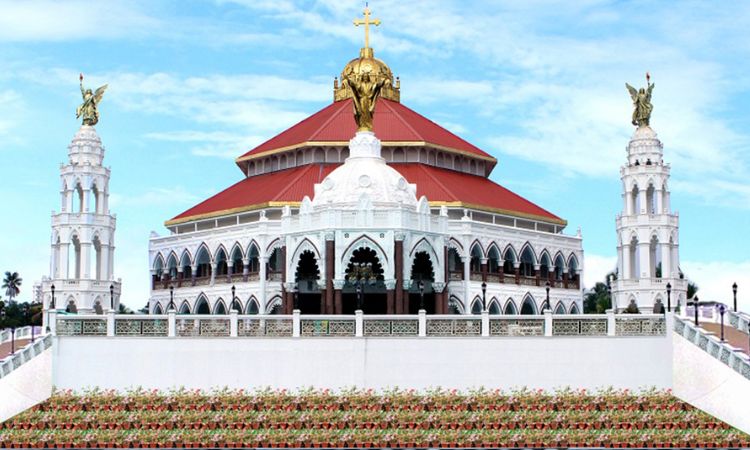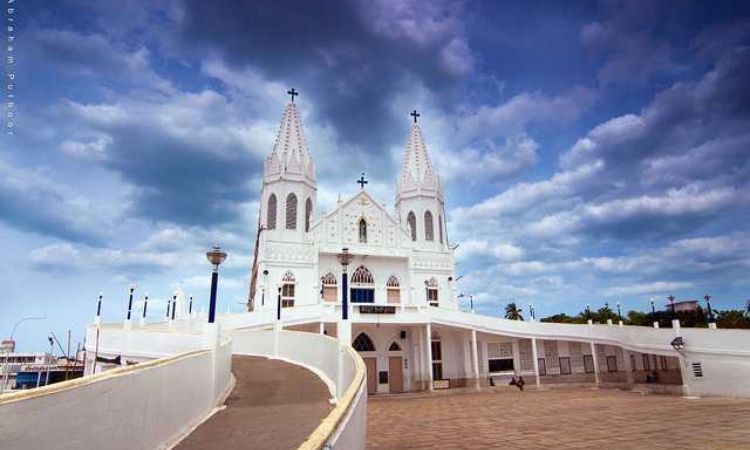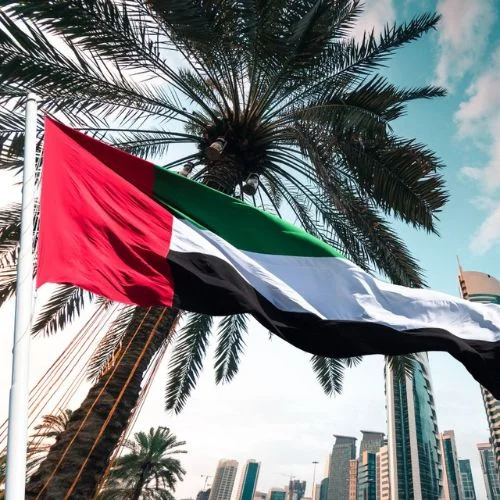Catholic church of India and its supremacy

The largest share of the Indian land lies with the Government of India. As per the reports presented by 51 union ministries and 116 of over 300 public sector enterprises, the government of India owns 15, 531 sq km of land (As per 2021). After the Indian government, it is the Catholic church of India which is the biggest non-agricultural landowner in the nation and also the largest non-governmental employer of the country.
Who issues such data?
GLIS which stands for Government Land Information System is the centralized database system handled by the Ministry of Electronics and Information Technology. The website is under the direct monitoring of the Prime Minister’s office (PMO) and facilitates the records of:-
- Geographical positions
- Total land area
- Land ownership rights
The allocation of land owned by the Catholic church of India
According to the available data Catholic church of India owns land worth rs 20,000 crore. Mostly they utilize these lands for opening social service institutions which help them to escape taxation. According to the reports presented by “The Telegraph- Calcutta” in the year 2012, the Catholic church of India runs various social institutions across India. Such as:-
- 2457 hospital dispensaries
- 240 medical nursing colleges
- 28 general colleges
- 5 engineering colleges
- 3765 secondary schools
- 7319 primary schools
- 3185 nursery schools
In 2009 the Catholic Church of India even acquired a plantation worth rs 123 crores in Kerala. But here the question arises of how the Catholic church of India managed to emerge as the second biggest landowner after the Government of India. The process of land acquisition by the churches began in the year 1927 when Britishers who were under the rule passed an act known as the Indian Churches Act. The law was implemented with the motive to spread Christianity across India and they were successful in setting up the religious institutions even in the remote areas. On today’s date, there are various churches located in different parts of India that are categorized as “popular tourist spots”. For example, the Velankanni church which is situated approximately 310 km away from Chennai in a small village attracts tourists and has become one of the reasons behind the development of Velankanni village as a whole. Such similar themes can be observed in other parts of India as well.

The Velankanni Church, Tamil Nadu
Image credit- https://images.app.goo.gl/MSwE92E2gFE1WqT29
Ownership controversies
In 1965 the Government of India wrote to states confirming that “the lands owned by Indian churches under the act of 1927 now are the property of the Indian government”. But there was never a serious enforcement of this directive. Some of the major issues related to land ownership by the Catholic church of India include:-
- Lack of transparency:- There is no clarity around the matter of properties owned by catholic churches. Even prominent Catholic politicians have demanded separate laws governing church properties and greater transparency in managing these assets.
- Land Scam:- There are allegations against the authority involved in managing and regulating catholic property. For example in 2018 Malabar catholic church in Kerala was accused of indulging in transactions involving unaccounted or black money.
- Graveyards:- The ever-growing space for graveyards has become a matter of concern. Although practices like cremation or even some better practices are encouraged in order to avoid the expansion of burial grounds which have no productive return.
The land ownership vesting in the hands of the catholic church of India needs some regulatory measures in terms of equitable distribution and its potential impact on local communities as well as on developmental projects.
The other significant landowners other than the government of India.
Indian railways, Indian armed forces, and state governments are significant land owners in India. Other than them Waqf boards who are responsible for generating grants for the welfare of the Muslim community are counted in the list of big landowners other than GOI. Corporate entities & industrialists, agriculture & farming communities, and non-governmental organizations also hold considerable land ownership in India.
Insights- https://youtu.be/YLyUifN8UCY?si=-lv3rzqUS4GLc8BP
Conclusion
The Catholic Church of India is considered one of the largest non-government landowners which has raised the issue of “equitable distribution”. Also, the massive scale of the church’s land ownership raises questions about its social and economic implications.















